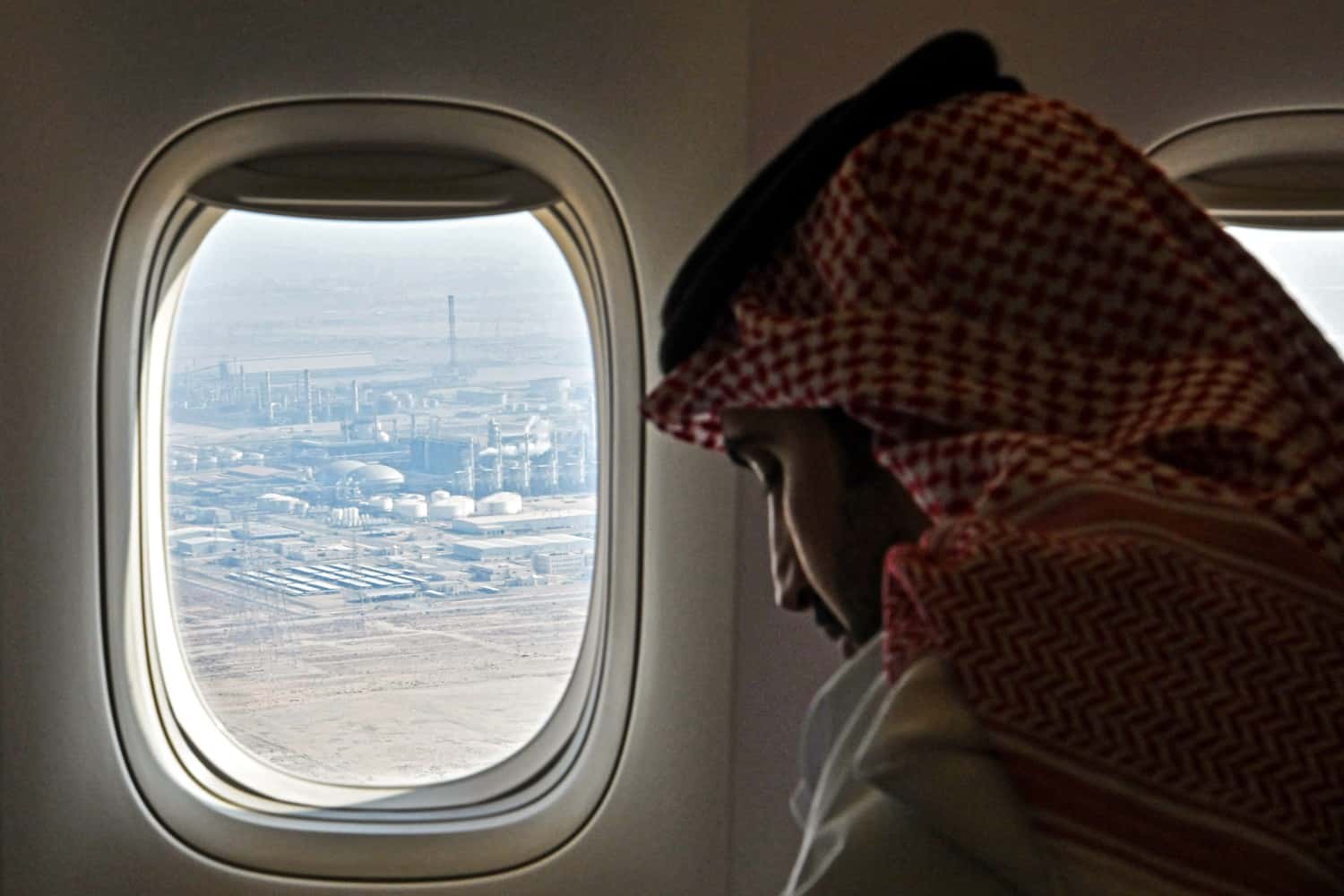Gulf oil producers have profited from the sharp jump in crude prices since the beginning of last year, as well as the boost in demand resulting from the opening of global economies.
The Russian invasion of Ukraine also caused supply disruptions, causing prices to climb further. This resulted in the GCC countries achieving financial surpluses in their budgets for the first time in a long time and strengthening their credit ratings by international agencies.
Oman: Maximum Advantage
Oman is a model for this shift, with the country’s budget on track to attain a surplus of more than $2 billion in the first half of 2022, compared to a deficit of approximately $2.9 billion in the same period last year.
This surplus is due to the massive increase in net oil revenues, which increased by 40 percent to almost $8.3 billion, accounting for over half of the country’s total revenues.
The Omani government has benefited from the increased fiscal revenue by accelerating the pace of promoting economic growth through increased development investment.
Oman is also attempting to reduce public debt and manage loans by repurchasing some sovereign bonds, repaying high-cost loans, and issuing local Sukuk for trade on the Muscat Stock Exchange, resulting in a $6 billion reduction in public debt within six months to $48.3 billion.
These changes had an immediate and direct impact on the country’s credit rating, as Fitch Ratings improved Oman’s rating to ‘BB’ from ‘BB-‘ and assigned it a stable outlook.
According to the agency, higher oil income will support budget surpluses in 2022 and 2023. As a result, Fitch anticipates Oman to generate a surplus of 5.5 percent and 3.4 percent of GDP in the current and next two years, respectively, the first surplus since 2013, as oil income increased faster than spending.
Bahrain: First surplus since 2008
Bahrain achieved its first budget surplus in about 14 years during the first half of this year, with a little surplus of $87.5 million compared to an estimated loss of $1.38 billion.
Bahrain’s last annual surplus occurred before the 2008 global financial crisis and oil price fall. The Ministry of Finance and National Economy credited the surplus to the adherence to the fiscal balance program and the rise in oil prices on global markets, which resulted in a 50 percent increase in the country’s oil income and a 52 percent increase in total revenues, reaching $4.5 billion.
Saudi Arabia: a golden year
Saudi Arabia, the largest producer of “OPEC,” is among the first to benefit from the surge in oil prices, with a $21 billion surplus in the first quarter, driven by an 89 percent increase in oil income year on year to $67.7 billion.
This quarterly surplus is the greatest since 2017 when the Saudi Ministry of Finance began reporting budget data quarterly. As a result, the surplus for the first six months of the year was $36.6 billion, whereas the government had projected a $24.3 billion surplus for the entire year in the 2022 budget. This suggests that the first-half surplus only exceeds the amount predicted for the current year by 50 percent.
UAE: 130 percent surplus
During the first quarter of 2022, the UAE recorded a 129 percent increase in its net financial surplus on an annual basis.
The UAE Ministry of Finance ascribed this excess of over $10 billion to the strong increase in oil production and prices and the apparent improvement in the non-oil real GDP.
During the months of January through March, the average daily oil production in the country was 2.95 million barrels. It is predicted that oil’s GDP will grow by 13 percent annually. While the UAE Central Bank anticipates an 8 percent and 5 percent increase in oil GDP for the current and subsequent years, the actual growth rate will rely on the course of the Ukraine war and the economic recovery from the pandemic.
Qatar: largest producer of liquefied gas
Qatar, the world’s largest producer of liquefied gas, was not immune to the positive effects of rising energy prices, particularly gas, which has increased to a level comparable to $600 per barrel of oil since the beginning of the year.
Qatar’s budget achieved a $3.7 billion surplus in the first quarter of 2022, compared to only $54 million in the same period the previous year.
According to figures from the Ministry of Finance, the country’s public revenues increased by 43.8 percent year on year to $17.7 billion in the first quarter of this year, with crude oil and natural gas accounting for $16.2 billion of that total and noting that Qatar’s budget for 2022 assumes $55 per barrel as a reference price for oil.
According to Bloomberg, Doha’s energy exports will exceed $100 billion this year for the first time since 2014.
Standard & Poor’s upgraded Qatar’s credit rating at “AA-/A-1+” in May, with a stable outlook, citing the Gulf countries’ financial solid positions and status as one of the world’s top exporters of liquefied natural gas.
Kuwait: the political swirl
The political environment in Kuwait prevents monthly updates on financial surpluses or deficits from being issued. Instead, it is reflected in the ranking of the country. With an eye toward a secure future, “Fitch” agency reduced the long-term credit rating for Kuwait from “AA” to “AA-” at the start of the year.
According to the rating agency, “The downgrading reflects continued political restraints on decision-making that hamper tackling structural difficulties associated with high oil dependence, a high standard of living, and a huge public sector.”
According to the draft budget 2022-2023 filed by the Ministry of Finance, Kuwait anticipates a reduction in the budget deficit for the fiscal year that began on April 1 due to the increase in oil prices. As a result, the deficit is projected to be $10.3 billion, a decrease of 74.2 percent from forecasts for the current year.








